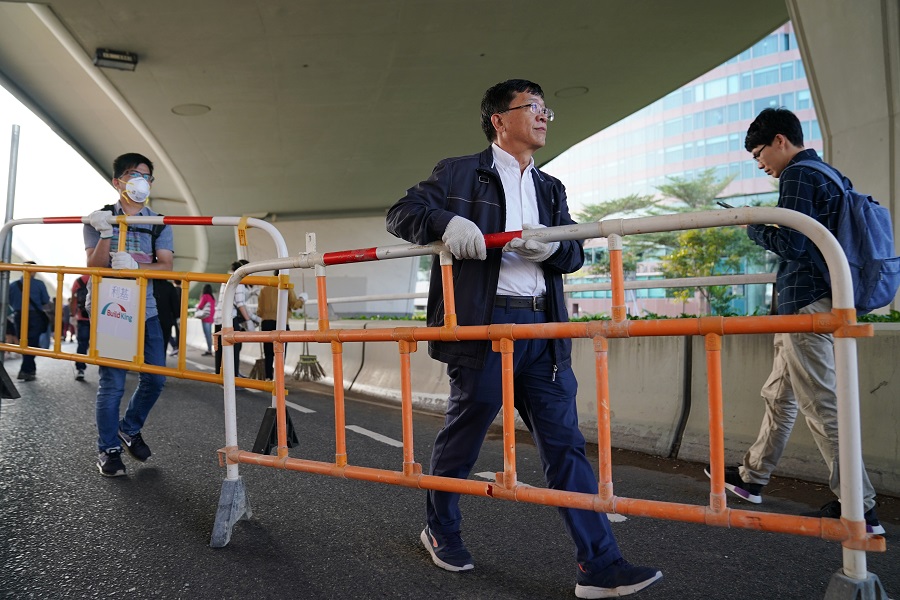Silver linings amid fear, anguish


OFFICERS UNDER STRESS
These have been hard times for all of Hong Kong's police officers, but especially so for women in the thick of action alongside male colleagues.
Nieh, an officer assigned as company second-in-charge of the Police Tactical Unit, also known as the riot police, said that during her 12 years of service on the police force, she's been on the front line of several violent protests, including the "Occupy Central" movement, a large-scale show of civil disobedience in September 2014.
Speaking about the dispersal operations in Mong Kok on July 7, Nieh, who is in her 30s and gave only her surname, said opposition lawmaker Au Nok-hin rushed toward her, shouting, "Shut up, madam", in addition to making sexist remarks.
The officer said that while she had become used to abuse from protesters, the sexist slur by the lawmaker made her furious. However, she said there was nothing she could do except focus on her job.
Au later apologized on social media, but Nieh dismissed the apology, saying, "How can he insult me in person but apologize online?"
Nieh filed a complaint with the Equal Opportunities Commission, but was told Au's behavior did not constitute sexism or harassment.
Nieh was frustrated that she was unable to seek redress. She said she wanted legislation that guaranteed protection for police from such insults.
The incident also upset the other female police officers in Hong Kong. The force has nearly 30,000 officers, of whom 5,000 are women. Many of them have been on the front lines during recent violent protests. The 170-member team that Nieh leads has 21 female officers.
In the most dangerous situations during the civil unrest, female officers have been performing the same role as male officers, Nieh said, including carrying up to 40 pounds for up to 30 hours on a single shift.
"Sometimes the officers have to make arrests, often confronting protesters bigger and stronger than they are. When that happens and physical conflict breaks out, it's hard to control the situation. Such situations require more time, tactics and manpower to handle," said Nieh.
Female officers used to wear uniforms that were different from those of male officers. The practice was discontinued in order to protect female officers by helping them to blend in.
During protracted protests, Nieh says she has suffered a lot. She tries to tell her parents who are in their 80s not to worry, but she hasn't called them much during the months of turmoil.
The officer said it's not physical exhaustion but the mental stress that takes a toll on police.
























